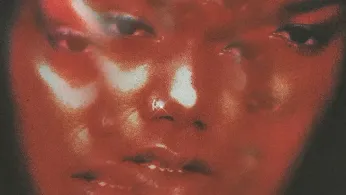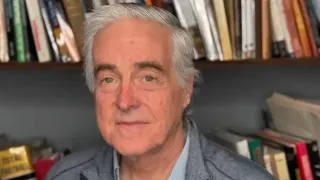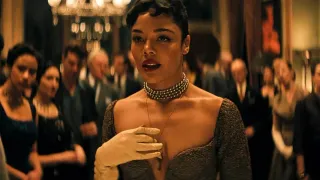
6 hours ago
Trans Songwriter Zora Breaks Barriers With “Belladonna”
READ TIME: 3 MIN.
The landscape of LGBTQ+ music is evolving rapidly, with a new generation of artists challenging convention and broadening the scope of representation. Among this vanguard is Zora, a Minneapolis-based rapper, singer, and producer who identifies as a Black transgender woman. Her recently released sophomore album, “Belladonna,” dropped in late August 2025 and is already being hailed as one of the most unique projects of the year for its raw honesty and innovative approach to genre and narrative . Over the course of sixteen tracks, Zora crafts a sonic and lyrical journey that is both intensely personal and deeply resonant for many in the LGBTQ+ community.
“Belladonna” is an album that refuses to pull punches. Through chaotic, multi-layered production and cutting lyricism, Zora tells a story of vengeance, resilience, and reclamation. The album’s narrative arc explores themes of violence, survival, and triumph, reflecting the lived realities of many transgender people, particularly Black trans women. Tracks such as “Venom” and “Glass Ceiling” detail the harm Zora has endured and the ways she has fought back, both personally and artistically . The result is a body of work that is as unsettling as it is empowering—a testament to Zora’s willingness to confront uncomfortable truths while forging a new path in alternative hip-hop and pop.
The release of “Belladonna” has generated significant buzz within both the LGBTQ+ community and the broader music industry. Critics have praised the album for its inventive style and uncompromising authenticity, noting that Zora brings much-needed Black trans visibility to a space that is often dominated by cisgender and white queer voices . Social media platforms have seen fans share lyrics and discuss the impact of Zora’s work, with many expressing gratitude for songs that reflect their own experiences of marginalization and hope .
Industry professionals, too, are taking note. Several music blogs and LGBTQ+ publications have included “Belladonna” in their lists of the most anticipated and impactful releases of the year, highlighting Zora’s role as a trailblazer and her album’s potential to influence the direction of queer music in 2025 and beyond .
The significance of “Belladonna” goes beyond its musical innovation. For many transgender people, especially Black trans women, seeing their stories reflected in mainstream music is a powerful affirmation of their existence and struggles. Zora’s public embrace of her identity and her refusal to dilute her narrative for broader appeal mark a significant step forward for LGBTQ+ visibility in the arts. Her work aligns with a growing movement of queer artists who are unapologetically centering their lived experiences in their art .
In interviews and public statements, Zora has spoken about the importance of authentic representation—not just for herself, but for young trans and queer people searching for role models in popular culture. This perspective is echoed in fan responses, many of which highlight the emotional resonance of “Belladonna” and the sense of community it fosters .
Musically, “Belladonna” resists easy categorization. Zora blends elements of hip-hop, pop, and experimental electronic music, creating a soundscape that mirrors the complexity of her subject matter. This approach has drawn comparisons to other boundary-pushing queer artists, but critics argue that Zora’s specific blend of influences and perspectives sets her apart .
Her production choices—ranging from abrasive, industrial beats to moments of melodic vulnerability—underscore the emotional volatility of the album’s narrative. The result is a listening experience that is both challenging and cathartic, demanding attention and rewarding close engagement.
While Zora’s success with “Belladonna” represents a significant achievement, it also highlights ongoing challenges facing transgender artists in the music industry. Issues of transphobia, racism, and underrepresentation persist, making it difficult for many to break through to mainstream audiences. Zora’s willingness to address these topics head-on in her music and public statements positions her as both an artist and an advocate .
In addition to her musical accomplishments, Zora’s activism and visibility are encouraging other LGBTQ+ musicians to embrace their identities and speak out about their experiences. This ripple effect, coupled with the critical and commercial response to “Belladonna,” suggests a shifting landscape in which queer and trans artists are increasingly recognized for their contributions to music and culture .






